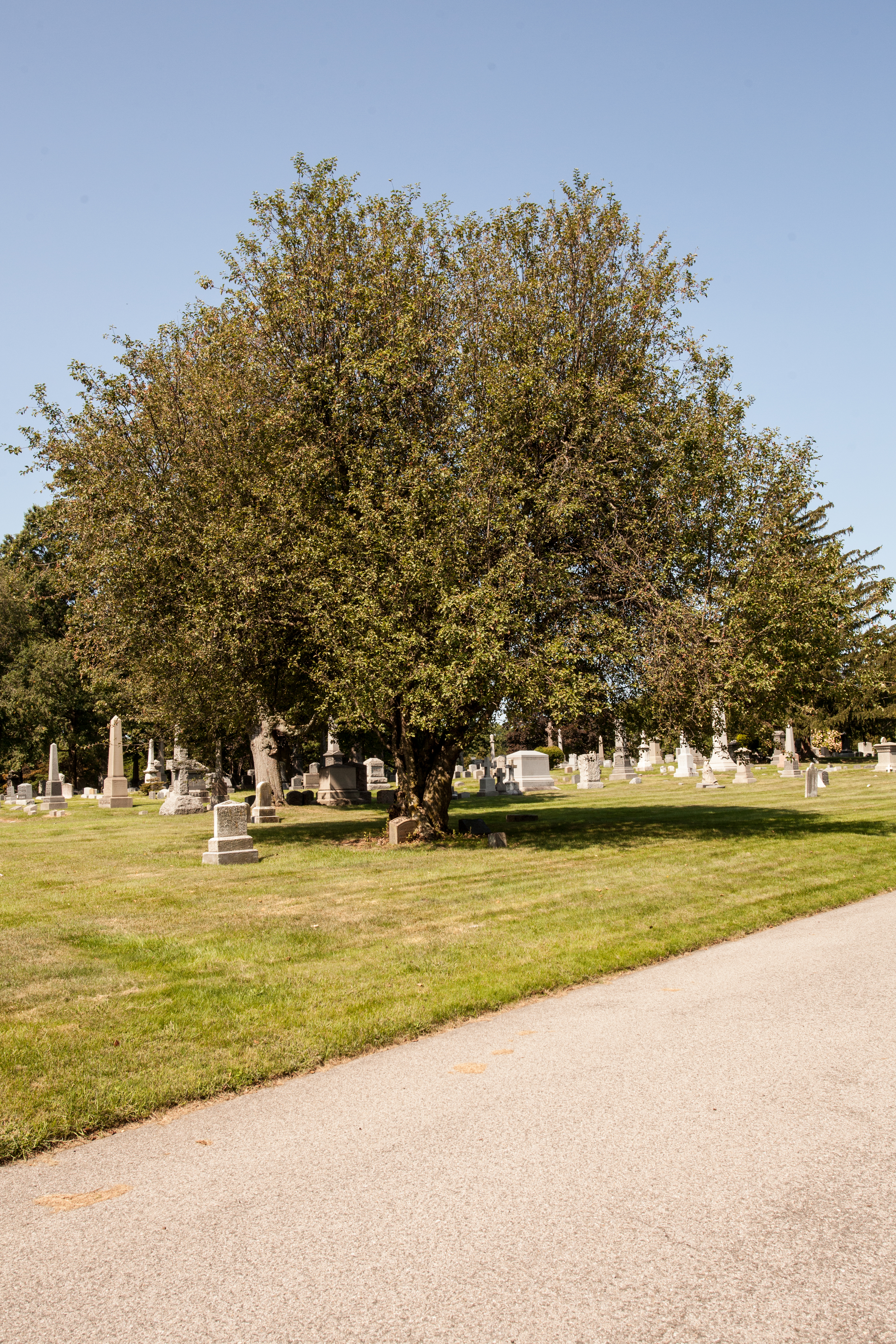MALUS SPP. – CRABAPPLE, FLOWERING

Crabapple is well-adapted to compacted urban soil, tolerates some drought and is somewhat tolerate of salt-spray. Well adapted to all areas within its hardiness zone range, including Texas and Oklahoma. Very adaptable tree. Do not over-fertilize, since this could increase the incidence of disease and will cause excess sprouting. Select only from disease-resistant cultivars avoiding ‘Radiant’ and other sensitive cultivars. Crabapples are not well suited for high pH soil, are best grown in a sunny location with good air circulation and have no particular soil preferences, except soil should be well-drained. Rooted pruned trees transplant most easily. This plant is considered mostly allergy free and causes little or no allergy problems in most people.
Cultivars best adapted to the heat in the south (hardiness zone 8A) include: ‘Adams’, ‘Baskatong’, ‘Beverly’, ‘Brandywine’, ‘Callaway’, ‘Dolga’, ‘Louisa’, ‘Eleyi’, ‘Pink Spires’, ‘Prairifire’, ‘Purple Prince’, ‘Radiant’, ‘Velvet Pillar’, and ‘Winter Gold’.
There are more than 400 crabapple cultivars available commercially, but most are susceptible to disease, insects, or have messy fruit. A 7-year project by Univ. of Tenn. Ag. Ext. Service evaluated crabapples. Some of the top crabs included: ‘Adams,’ ‘Adirondack,’ ‘Centurion,’ ‘David,’ ‘Donald Wyman,’ ‘Louisa,’ ‘Prairifire,’ Malus sargentii, ‘Sutgzam’ and M. zumi ‘Calocarpa.’ Other tests list the following as very good: M. baccata ‘Jackii’, ‘David’, ‘Indian Magic’, ‘Amberina’, ‘Autumn Glory’, ‘Molten Lava’, ‘Prariefire’, ‘Professor Sprenger’, ‘Purple Prince’, ‘Red Jade’, ‘Red Jewel’, ‘Sinai Fire’, ‘Strawberry Parfait’, ‘Prairie Maid’, ‘Silver Drift’, ‘Christmas Holly’, ‘Anne E Manbeck’, ‘Red Swan’, and ‘Adirondack’. See the specific cultivars for reference to disease and insect resistance. Susceptibility to diseases such as scab has varied, sometimes greatly, depending on the location of the test plots in the US.

